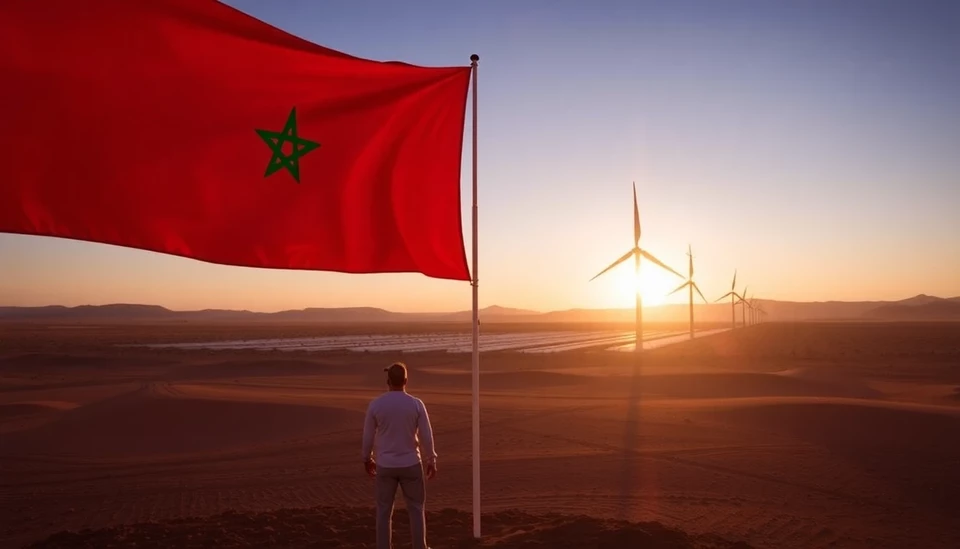
In a significant announcement that aligns sustainability with international sporting events, Morocco is set to double its green power output from the contested region of West Sahara as part of its commitments for the upcoming FIFA World Cup. This initiative showcases the country’s dedication to not only enhancing its renewable energy portfolio but also to leveraging significant global events to spotlight its resources and capabilities.
The decision to boost green energy production comes at a pivotal moment as Morocco transitions towards a more sustainable economy amidst rising global energy demands and climate concerns. The project aims to double the current capacity to 600 megawatts, based on solar and wind assets positioned in the region. This expansion is not only anticipated to provide power for the World Cup events but also aims to supply excess electricity to neighboring countries.
The developments in West Sahara, a region subject to ongoing territorial disputes, have drawn both criticism and interest globally. However, the Moroccan government is framing this expansion as a leap towards a greener future, positioning the nation as a leader in renewable energy on the African continent. The increased power output is intended to cater not just to the tournament’s needs but also to bolster the local economy and create job opportunities through infrastructure development.
Experts suggest that Morocco’s strategy not only aims at sporting achievement but also seeks to attract foreign investment towards its renewable energy sector. This move is likely to draw attention to Morocco's ambitions of producing over 52% of its total energy capacity from renewable sources by 2030, aligning with global sustainability goals.
The World Cup, known for drawing enormous global viewership, presents Morocco with a unique opportunity to showcase its advancements in renewable energy technologies while promoting its vision of sustainable development. As excitement builds towards the tournament scheduled for 2026, Morocco's green energy plans are set to take center stage, presenting both an opportunity and a challenge amid the complex geopolitical backdrop of the region.
Overall, this doubling of green power output signifies not only Morocco’s commitment to combatting climate change but also serves as a strategic move to enhance its international image and attract tourism linked to the World Cup.
As Morocco gears up for this monumental occasion, the successful execution of its green energy initiatives will be closely monitored by global audiences eagerly awaiting the impact of this endeavor not just for the tournament, but for the region’s future as a hub of sustainable energy.
#Morocco #WestSahara #GreenEnergy #WorldCup2026 #SustainableDevelopment #RenewableEnergy #FIFA #ClimateAction
Author: Megan Clarke



